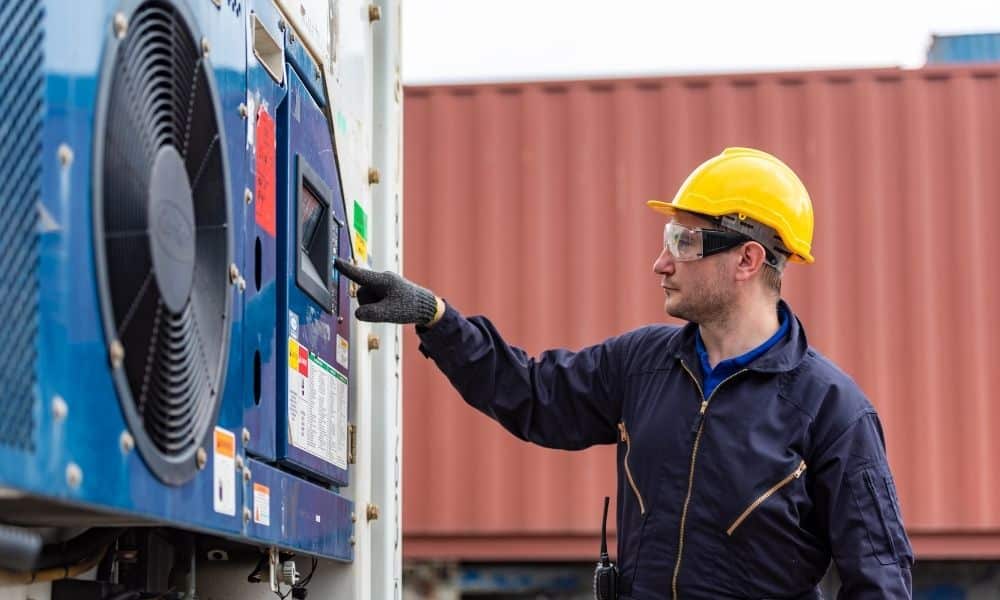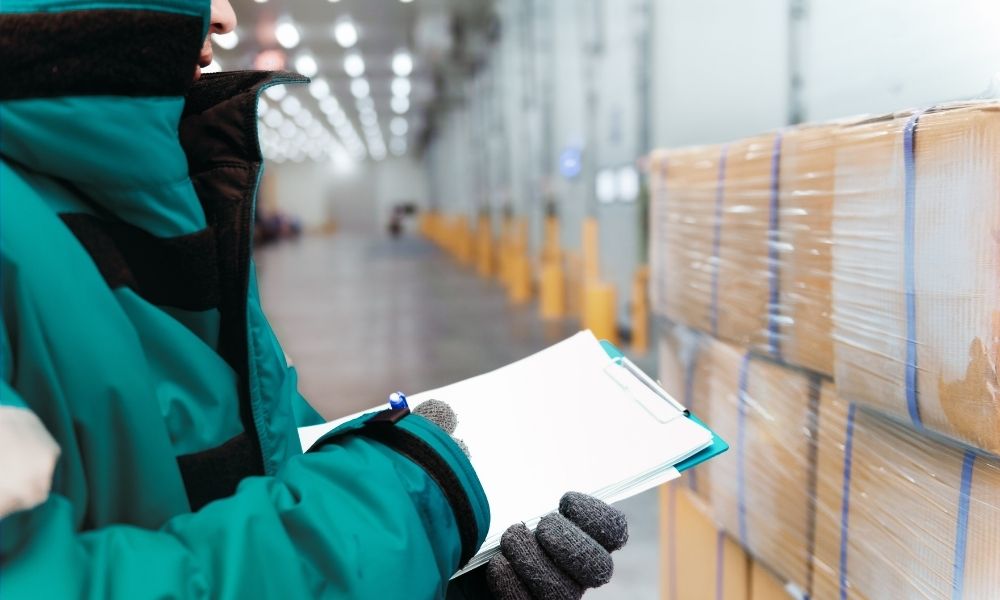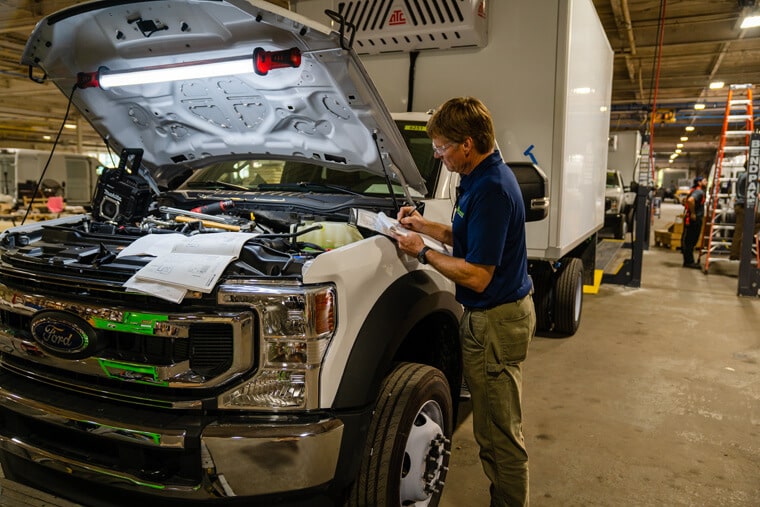
3 Tips to Improve Your Company’s Shipping Strategy
Joe Dickman | July 9th, 2020
The shipping process begins when a customer places an order and ends when they have the product securely in-hand. Everything in between—handling customer data, identifying the product, packaging it, and transporting it to the customer—requires careful and efficient procedures. If you’re looking for tips to improve your company’s shipping strategy and reduce problems along the way, read on.
Utilize Electronic Data Interchange
First, taking advantage of electronic data interchange (EDI) quickens shipping turnaround when dealing with corporate partners. Generally, EDI is a system that simplifies companies’ abilities to communicate with one another. It leaves behind the inefficiencies of pen and paper in favor of digital documentation’s immediacy.
Though EDI has broad applications, it specifically improves shipping. Because you receive orders instantaneously and in a central place (on your computer system), you can quickly and accurately begin the fulfillment process. This is much easier than dealing with a lost document a client faxed over or any number of other potential snags in the process.
Upgrade Your Fleet
Another way to improve your company’s shipping strategy is by upgrading your delivery fleet. Replace failing vehicles, purchase more if you can’t keep up with deliveries, and tailor your trucks and vans to your specific shipping needs.
If you deliver temperature-sensitive products—such as floral arrangements, ice cream, seafood, medications, or another product—invest in refrigerated delivery trucks. Consistent cooling throughout the shipping journey guarantees a customer’s purchase arrives unspoiled and ready for consumption or use. Your consistently high-quality shipments will very quickly beat out the less-sophisticated competition, winning you more business and client loyalty.
Implement Order Tracking
While this next strategy doesn’t directly improve your shipping process, it affects your customer’s experience before they receive their order. Rather than leaving them in the dark throughout fulfillment, implementing an order tracking service gives customers an inside look that makes their wait easier.
Seeing their package gradually inch closer is exciting, and any delay is easier to deal with given that they know where it stopped. That knowledge you give customers limits the complaints you receive and makes it more likely for you to get return customers.
Related Articles
Contact Us
Feel Free To Contact Us If You Have Any Questions
What does under DOT mean?
Questions regarding DOT requirements come up often. 10,000 lbs GVW (gross vehicle weight) and over are commercial vehicles that fall under the Department of Transportation regulatory requirements.
What is the difference between GVW and payload?
GVW or Gross Vehicle Weight is the entire weight of the vehicle including the payload. The payload weight represents the amount of cargo you are hauling.
What is a self-powered unit and a vehicle-powered unit?
A self-powered unit has its own fuel source and will run independent of the truck. This is the heaviest and most expensive option. While vehicle-powered units run off the engine via a compressor mounted on the engine. These are less expensive and lighter in weight but you must run the truck or plug the electric standby into shore power.
What does K-factor mean and why is that important?
K-factor is a term that stands for the overall insulating value of the container (truck body). Quite simply the lower the K-factor the better the truck body will be able to maintain a given temperature and require less energy to do so.
How much lighter is a Poly Van vs a US spec body?
Poly Van bodies are very light. On average we estimate we are 75-150 lbs per foot lighter than a traditional sheet and post foamed in place body. These weight savings translates to less fuel burn and less CO2 emissions, along with added payload, the most important benefit.






